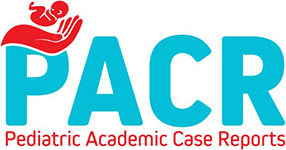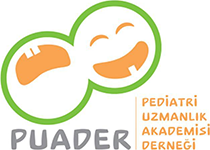A Rare Disease in Newborns; Anti-E Subgroup Incompatibility, Case Report
Elifana Child Health And Diseases Branch Center, Pediatrics, Eskişehir, Türkiye
Keywords: subgroup incompatibility, newborn, jaundice, phototherapy
Abstract
Hemolytic disease of the newborn is caused by maternal erythrocyte antibodies reacting to fetal erythrocytes. While it is commonly associated with Rh and ABO incompatibilities, the incidence has decreased with the use of anti-D immunoglobulin, resulting in a rise in subgroup incompatibilities. Subgroup incompatibility accounts for 3-5% of neonatal hemolytic diseases, ranging from indirect hyperbilirubinemia to exchange transfusion in severity. The patient in this study was observed to be pale during the first newborn examination and had anemia in the cord blood gas analysis. As a result of detailed examinations, the patient was diagnosed with anti-E subgroup incompatibility. This case report presents a newborn diagnosed with anti-E subgroup incompatibility who received intravenous immunoglobulin treatment, erythrocyte transfusion and intensive phototherapy, requiring additional erythrocyte transfusion at the 1st-month follow-up.
Cite this article as: Sekerci Aydin C. A Rare Disease in Newborns; Anti-E Subgroup Incompatibility, Case Report. Pediatr Acad Case Rep. 2025;4(2):25-28.
The parents’ of this patient consent was obtained for this study.
The authors declared no conflicts of interest with respect to authorship and/or publication of the article.
The authors received no financial support for the research and/or publication of this article.
I would like to thank the nursing staff of the Neonatal Intensive Care Unit in Eskişehir Acıbadem Hospital. I especially want to thank Dr. Mehmet Kuşku and Dr. Ayça Koca Yozgatlı for their guidance and support.


